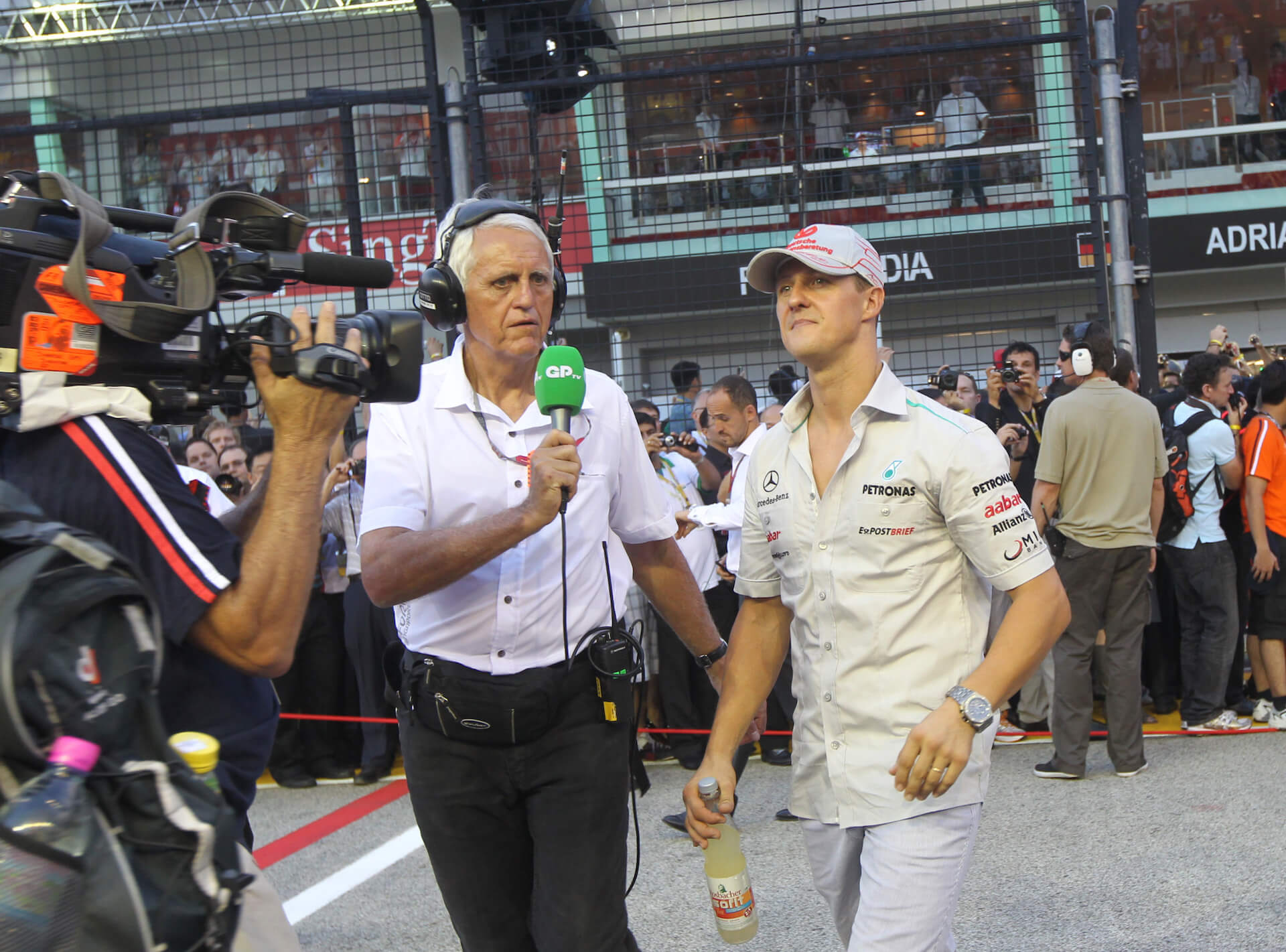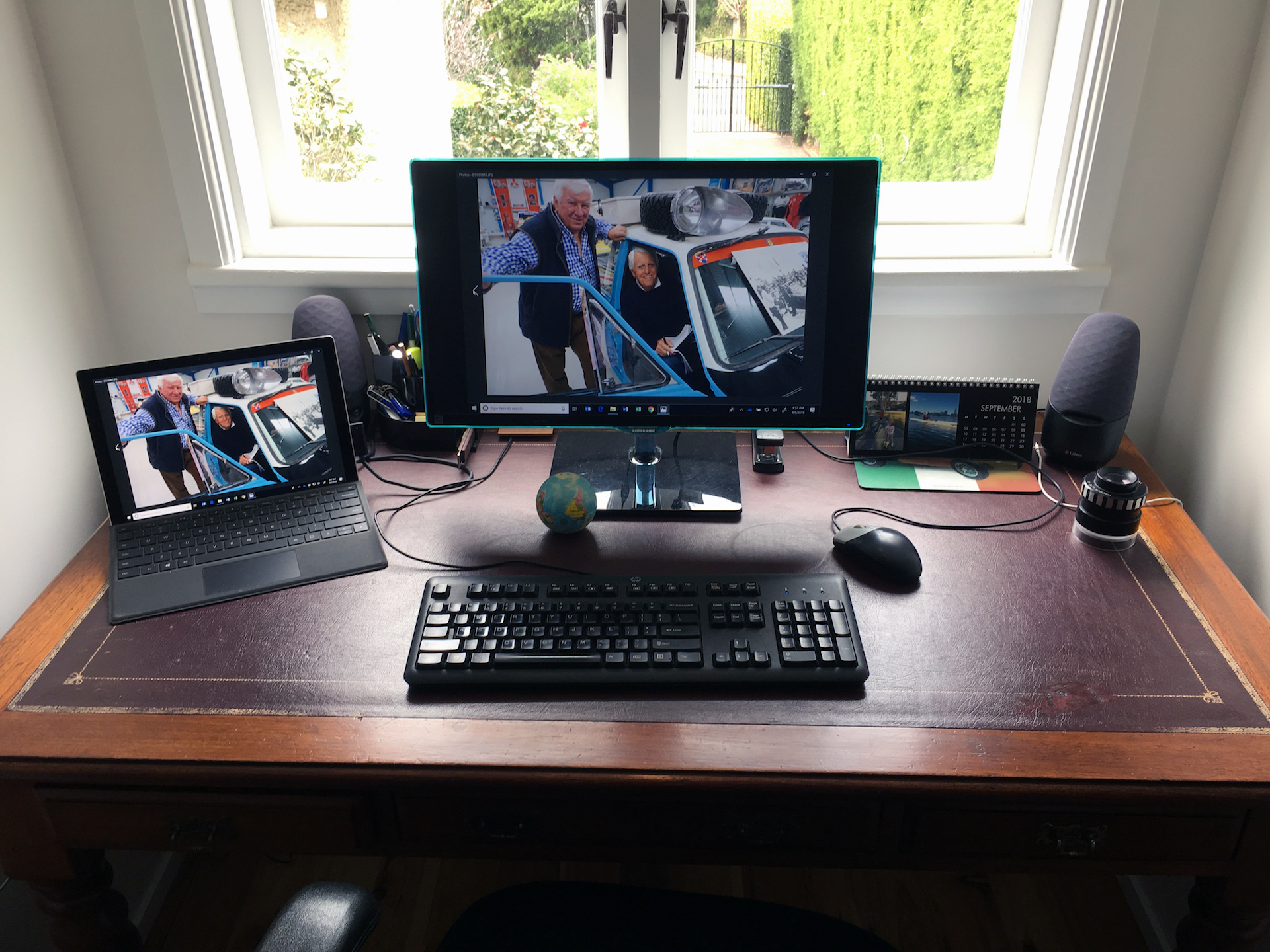
John Smailes
STORYTELLER – AN OVERUSED WORD
John Smailes is a professional journalist, author, broadcaster, researcher and producer.
Some might call him a storyteller – but the term is so overworked it’s become a cliché.
Also, it implies a lack of structure, and that would never do for a writer whose job it is to refine copy into meaningful communication.
John is one the increasingly rare breed of journalists who have properly trained across all disciplines of print and electronic delivery.
He began on Sydney’s Daily Telegraph, quickly advancing to Page One police rounds stories, while working a second shift several times a week as a proof reader as a means of paying the rent. He is one of the few people he now knows who can read hot metal composited copy upside down and backwards.
John worked radio shifts on Sydney’s 2UW, researching, writing and reading news bulletins.
He moved to Network Nine as an on-air reporter and became producer of the station’s Sunday night Weekend Magazine and of The Project Series of documentaries. He had a motor sport segment on World of Sport, anchored by Ron Casey and with Casey, Sir Jack Brabham and Australian Gold Star Champion Kevin Bartlett hosted the first live Formula One broadcast in Australia – the 1976 Japanese GP, immortalized by Ron Howard’s biopic, Rush.
John joined Evan Green – truly one of Australia’s greatest story tellers – in a communications start up called The Project Group. For most of his working life he has translated marketing imperative into journalese, successfully serving the dual and sometimes conflicting requirements of clients and media.
He has helped strategise, plan and deliver major campaigns for international clients and worked as an on-air motor sports reporter and commentator for several networks, also producing documentaries and sports series.
John’s business has now been integrated into one of the country’s most awarded agencies – Havas Australia - for which he is a consultant.
John has become an author, contracted to one of the country’s top publishers Allen & Unwin and for The First to 1000 project to leading motorsport agency Authentic Collectables.
John’s Rules of Communication:
- Research first: Get the who, where, when, why, what and how right and the copy will follow.
- Hook the reader with the lead paragraph: no matter what the discipline, the lead will determine the read.
- Facts are foremost. Opinion is nice but even it must be driven by incontrovertible fact.
- When writing commercially always allow for one round of client corrections. Two rounds are just clumsy ( see rule 1).

BANJO’S DESK
I write at Banjo Patterson’s desk (at least that’s what the antique dealer told me). In a loft above my three car, five bicycle, garage I’ve purpose built a garret with contemporary joinery, high speed WIFI , and research nooks, looking through shuttered windows down the driveway bordered by a wall of tall Leighton Greens on one side and camellias and hydrangeas on the other.
And I write at Banjo’s desk.
It was in an antique shop in Yass. My family has an affinity with the area. My father and mother moved from Bondi to Yass after marrying to run the local motor garage. Dad’s name is on the honor roll of citizens who served. My daughter Kate found the desk after I’d been searching for months for something inspirationally antique to fill the space beneath the windows and to act as a counterpoint to the modern fitout.
Banjo lived in Yass in the 1890s and again in the early part of the twentieth century. For sure, he would have worked at a three drawer, rose mahogany desk with dark leather inlay.
“It’s local and it’s of the period ,” the dealer said. And the inlay, suitably distressed, bears the imprint of a pen pressed with passion. “Yes, of course, it may have come from a Mountain Station up Wee Jasper way.”
Close enough. So it went.
If you happen to be in Yass one day call by the antique shop. Like Mulga Bill’s bicycle, Banjo’s desks have become all the rage.
GUIDING PRINCIPLES
John Smailes belongs to two professional associations which define his ethics:
- The Australian Journalists’ Association – now a division of the MEAA (Media, Entertainment and Arts Alliance).
- The Public Relations Institute of Australia.
The AJA provides a code of conduct which has guided John throughout his career. It is also a union. John doesn’t mind that. He has been both a worker and a proprietor. Sometimes proprietors need a shove.
The PRIA changed the face of the communications industry at a time when PR was regarded as a rest and recreation haven for failed journalists. It provided a structure, and dignity, to the industry. John wishes he’d done more to help. Perhaps it’s not too late.
